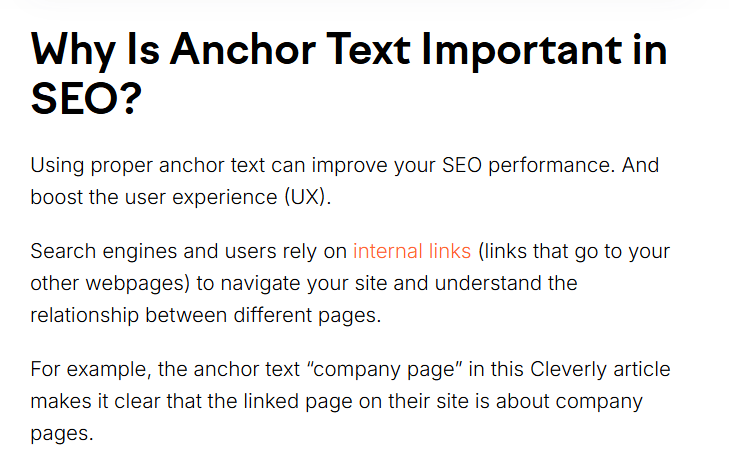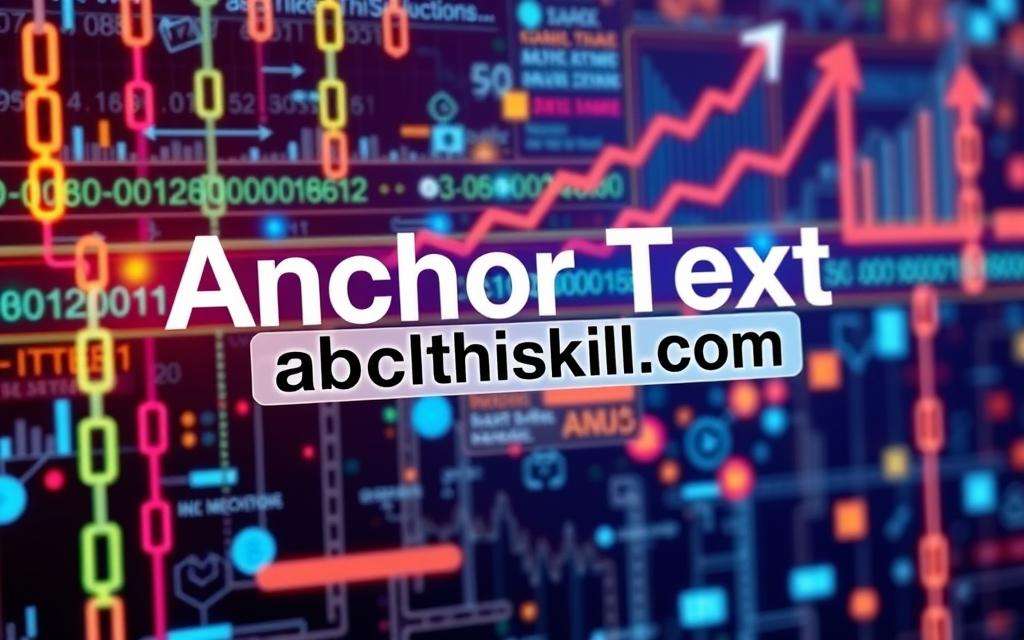Introduction:
Table of Contents
Attention: Imagine having the perfect website content, but still struggling to rank on Google due to poor anchor text optimization in SEO. Frustrating, right? One of the key ingredients you might be missing is effective anchor text optimization—a simple yet powerful strategy that can skyrocket your SEO results.
Problem: Many website owners and marketers either overuse keywords in their anchor text or neglect its potential altogether. This can lead to penalties from search engines or missed opportunities to improve your website’s rankings and user experience.
Promise: In this guide, you’ll discover the secrets to mastering anchor text optimization, ensuring your links are not only search engine-friendly but also engaging for your audience. By the end, you’ll have actionable tips to refine your strategy and elevate your SEO game.
Anchor text optimization is key for good SEO. As a pro copywriter, I know how important it is. It helps you understand anchor text and how it affects your online presence.
We’ll look at different types of anchor text and how it works with hyperlinks. You’ll learn how to make your anchor text better. This will help your search engine rankings. By the end, you’ll know a lot about anchor text optimization in SEO, what is anchor text in SEO, and its importance in SEO.

Understanding Anchor Text Optimization in SEO
Anchor text optimization is key in SEO. It helps your website rank better. Anchor text is the textual content you click at once to visit another page. Knowing how to use it can make your site more visible and attract more visitors.
What is Anchor Text and Why It Matters
Anchor text is the text you click on directly to hyperlink to some other net web page. Search engines look at this text to understand the page’s content. This helps your page rank better in search results.
The Impact of Anchor Text on Search Rankings
Anchor text affects your website’s ranking a lot. Search engines like Google use it to see if a page is relevant. Using the right anchor text can help your page rank higher.
Different Types of Anchor Text You Should Know
There are many kinds of anchor text for seek engine advertising. These include:
- Exact Match: Anchor text that exactly matches your target keyword, such as “how to optimize anchor text for SEO”.
- Partial Match: Anchor text that includes a portion of your target keyword, such as “anchor text optimization tips”.
- Branded: Anchor text that includes your brand name or website name, such as “XYZ Company”.
- Naked URL: Anchor text that displays the complete URL of the associated web page, which includes “https://www.Example.Com”.
- Generic: Anchor textual content that makes use of universal phrases like “click here” or “study greater”.
Knowing about these anchor text types is important. Using a mix of them can make your site more visible and attract more visitors.
Best Practices for Effective Anchor Text Strategy
Making a good anchor text strategy is key for your website’s search engine ranking. It’s important for anchor text optimization for e-commerce websites, how to use anchor text for internal linking, and anchor text optimization for blog posts. Follow these tips to avoid over-optimizing anchor text and keep your links natural and varied.
Diversify Your Anchor Text
Don’t use the same anchor text all the time. Mix it up with informative, branded, and contextual links. This makes your link profile look natural and trustworthy, which search engines like.
Optimize for Relevance, Not Keywords
While keyword-rich anchor text is good, focus more on matching the content of the page. Being relevant is more important than how many keywords you use.
Leverage Branded Anchor Text
Using your brand name or product names in anchor text can boost your online presence. It’s especially helpful for anchor text optimization for e-commerce websites and anchor text optimization for blog posts.
Prioritize Natural, Conversational Phrasing
Stay away from keyword-stuffing and unnatural phrasing. Choose natural, easy-to-read language that improves the user experience and fits your content strategy.
By following these tips, you can create a strong anchor text profile. This will now not most effective improve your seek engine rankings but additionally make your internet site extra person-pleasant.
| Anchor Text Type | Best Practices | Examples |
| Exact Match | Use sparingly, focus on relevance over keywords | “anchor text optimization” |
| Partial Match | Incorporate keywords naturally within the anchor text | “effective anchor text strategy” |
| Branded | Leverage your brand name or product names | “XYZ SEO Services” |
| Descriptive | Use informative, contextual anchor text | “learn more about anchor text optimization” |
| Generic | Avoid overusing generic terms like “click here” | “read the article” |

Conclusion
Anchor text optimization is key in SEO. It helps your website rank better and be seen more. Knowing how to use anchor text well is important.
Your anchor text should be short, clear, and match the page it links to. Don’t use the same words too much. This can seem like you are attempting to cheat the device.
Use different types of anchor text. This makes your links look natural. This way, your website can do well over time.
Keep up with SEO changes. Update your anchor text strategies as needed. This keeps your website working well with search engines.
By following anchor text best practices for backlinks, how to write SEO-friendly anchor text, and anchor text optimization for Google, your website will do great. It will succeed in the changing world of SEO.
FAQ
What is anchor textual content and why is it crucial in search engine advertising?
Anchor textual content is the clickable text in a hyperlink. It tells clients and engines like google about the web page it hyperlinks to. It’s key in SEO because it helps search engines understand the content’s relevance.
How can I optimize my anchor text for better search engine visibility?
Mix different types of anchor text for SEO. Use specific in shape, partial healthy, and branded anchors. Don’t use the same exact match text too much. Instead, aim for natural, contextual links.
What are the extraordinary practices for the usage of anchor text in inner hyperlinks?
Use anchor text that matches the page’s content. Avoid “click here” and use keywords that fit the page’s topic. This helps search engines see your site’s structure.
How can I avoid over-optimizing my anchor text?
Create a diverse anchor text profile. Include specific in form, partial suit, branded, and widespread anchors. Don’t use the same keyword-rich text too much. This can harm your SEO.
How do I write SEO-friendly anchor text for blog posts and e-commerce websites?
Make links natural and descriptive. Use keywords that fit the content, but don’t stuff them. For internal links, mix branded, topical, and generic text.
How does anchor text optimization differ for backlinks compared to internal links?
Backlinks’ anchor text is out of your control. But, aim for diverse, high-quality backlinks. For internal links, you can choose keywords and phrases to fit your SEO goals.
